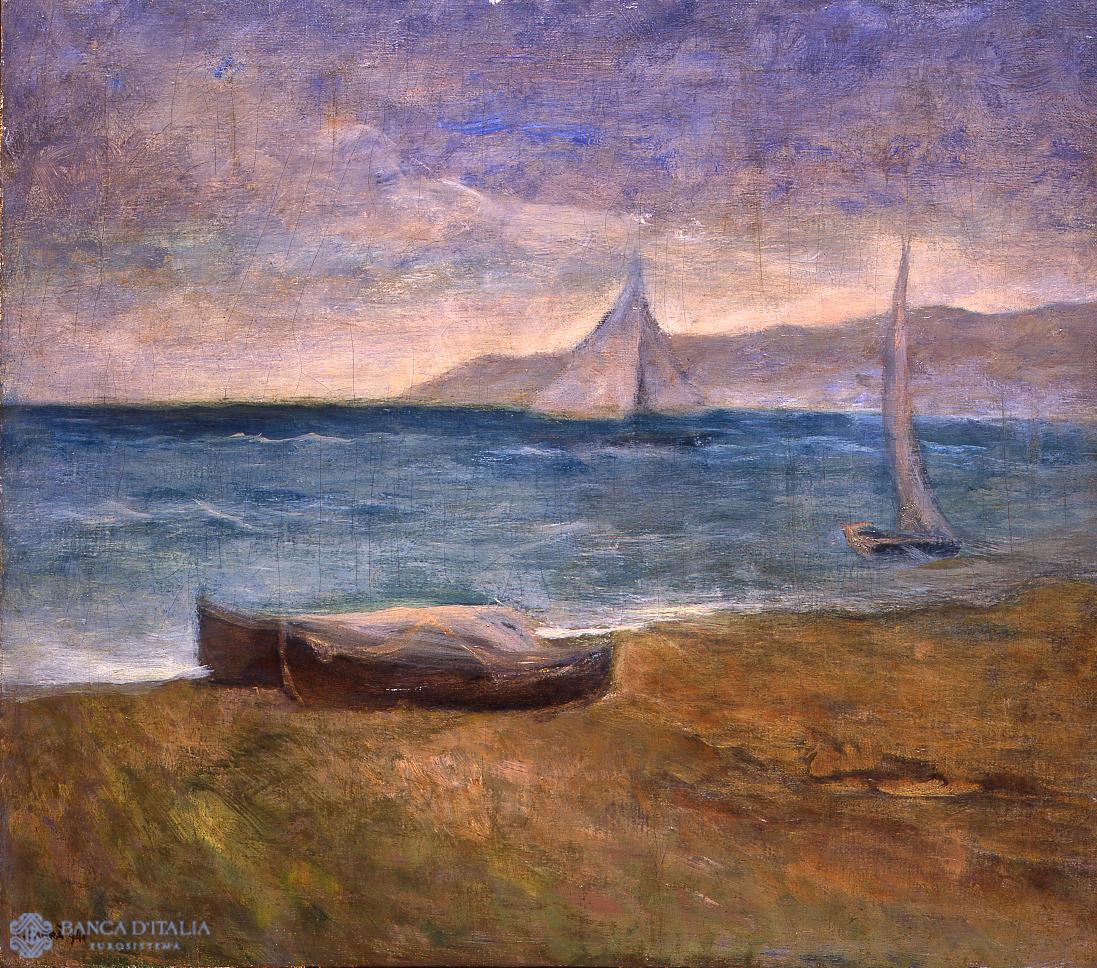Carlo Carrà (Quargnento 1881 – Milan 1966) must be placed alongside Boccioni, Balla and De Chirico among the Italian protagonists of avant-garde art. He contributed to the birth of Futurism, produced a particular offspring of the Metaphysical painting inaugurated by De Chirico, and was a protagonist in the entire course of Italian painting between the wars as part of the “return to order” embodied from the early 1920s onwards in the Valori Plastici and Novecento movements.
From Courbet and the Impressionists studied in Paris in 1900, and from Turner and Constable encountered later in London, Carrà moved on to a divisionist language in 1906. He was one of the first Futurists, contributing to the movement also as a major polemicist and critic, writing in such journals as Lacerba and La Voce. He was with De Chirico in Ferrara in 1916, a crucial node in the success of Metaphysical painting.
Carrà subsequently tended increasingly to construct his works of simplified, essential masses. This vocation put him in agreement with the Valori Plastici movement and led him to make a decisive contribution to the figurative revival of the “return to order”, including from the standpoint of theory, in particular in his underscoring of the fundamental importance of Giotto and Masaccio.
Carlo Carrà
Carlo Carrà (Quargnento 1881 - Milan 1966)
20th century AD



